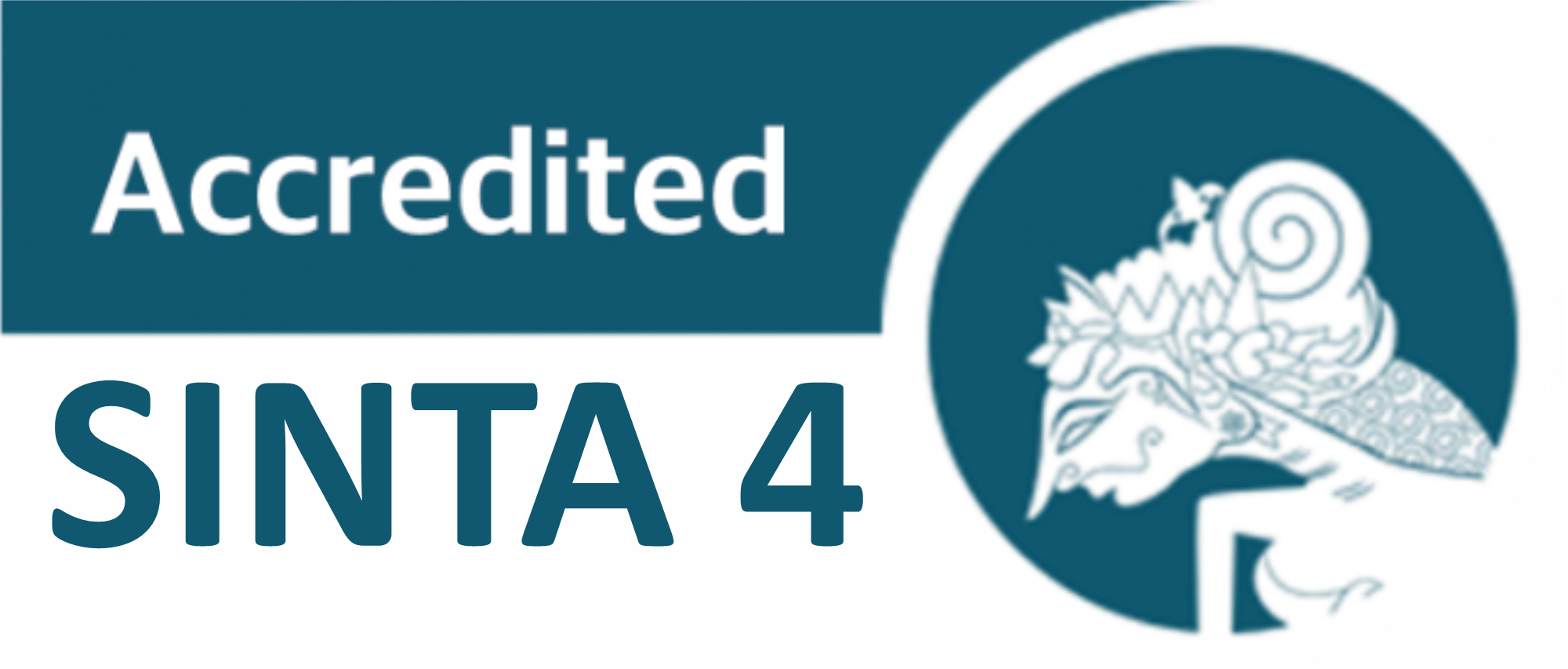Evolutionary Trends in Traditional Women’s Wedding Attire: A Case Study of Pesisir Selatan Regency
DOI:
https://doi.org/10.24114/gr.v14i1.64572Keywords:
Traditional, Wedding, Attire, Fashion, DesignAbstract
The transformation of traditional women's wedding attire in Pesisir Selatan Regency is influenced by the evolution of time, technology, and fashion trends. This shift affects clothing arrangements, design, and aesthetic values. If not properly documented, there is a concern that future generations may lose their cultural identity in traditional wedding attire. Therefore, this study aims to describe the changes in clothing arrangements, design, and aesthetic values of traditional women's wedding attire in Pesisir Selatan Regency.This study employs a qualitative descriptive method and was conducted from July 30, 2023, to November 2024, using both primary and secondary data. The analysis is conducted through data reduction, data presentation, and conclusion drawing, while data validity is ensured through triangulation, peer examination, and auditing. The findings reveal significant changes: the baju kurungbasiba has transitioned into a baju kurung pas badan, the sarungsongketbalapak has been replaced with fabric matching the attire, and the tokah, originally a long shawl, has become more practical. Accessories such as sunting and jewelry have also undergone modernization.In terms of design, there have been transformations in silhouette, color, material, motifs, and decorative techniques. These changes reflect an adaptation to fashion trends but may also diminish cultural authenticity. Efforts toward preservation are necessary to ensure that cultural values remain intact.References
Agusti, E. (2015). Pakaian pengantin dalam perkawinan masyarakat Minangkabau Padang. Humaniora, 53(9), 158.
Amira, D., & Suci, P. H. (2024). Studi tentang busana pengantin pria adat Basandiang Duo di Nagari Air Bangis Kabupaten Pasaman Barat. Gorga: Jurnal Seni Rupa, 13(1).
Aurora, N. S., Octavia, W. M., & Sari, I. P. (2023). Membangkitkan kecintaan generasi muda terhadap songket Pandai Sikek warisan budaya Minangkabau. Seminar Nasional Industri Kerajinan dan Batik, B01-B14
Ayu, P., & Yuliarma. (2024). Kajian bentuk dan makna busana pengantin wanita di Nagari Padang Magek Kabupaten Tanah Datar. Jurnal Artefak, 11(2), 245–254.
Dita, R. R., & Yuliarma. (2024). Perubahan desain hiasan busana adat tradisional wanita Takuluak Barembai. NUSANTARA: Jurnal Ilmu Pengetahuan Sosial, 11(11), 4883–4890. Available online: http://jurnal.um-tapsel.ac.id/index.php/nusantara/index.
Desmaleni, R., Efi, A., & Yuliarma. (2014). Studi tentang desain ragam hias pakaian pengantin tradisional Lubuk Begalung Padang. Program Studi Pendidikan Kesejahteraan Keluarga FT Universitas Negeri Padang.
Ernawati, et. al. (2008). Tata busana jilid 2. Direktorat Pembinaan Sekolah Menengah Kejuruan.
Harmelia, C., & Yuliarma, Y. (2021). Perubahan desain busana adat pengantin wanita di Kota Pariaman Sumatera Barat. Gorga: Jurnal Seni Rupa, 10(2), 515. https://doi.org/10.24114/gr.v10i2.29093.
Nasution, R. D. (2017). Pengaruh modernisasi dan globalisasi terhadap perubahan sosial budaya di Indonesia. Jurnal Penelitian Komunikasi dan Opini Publik, 21(1), 30–42. https://scholar.google.com/citations
Sahira, Y., & Yuliarma. (2023). Perubahan desain kebaya pengantin perempuan tradisional Minangkabau pada upacara adat menikah di Kota Padang Sumatera Barat. Pesona – Jurnal Pendidikan Tata Busana, 3(2), 106–112. https://jurnal.unimed.ac.id/2012/index.php/pesona/index
Sari, D. P., Ramainas, R., & Yuliarma. (2015). Studi tentang busana pengantin Melayu Jambi di Kecamatan Kota Baru Kota Jambi. Artikel, Program Studi Pendidikan Kesejahteraan Keluarga FT Universitas Negeri Padang.
Schulte Nordholt, H. (Ed.). (2005). Outward appearances: Trend, identitas, kepentingan.LKis.
Sugiyono. (2017). Metode penelitian kuantitatif kualitatif dan R&D. Bandung: Alfabeta.
Susiani, R., & Ernawati. (2019). Strategi produk bordir di Kapalo Koto, Koto Tangah Simalanggang, Kota Payakumbuh (Studi kasus di usaha bordir Limpapeh’s Kebaya). Gorga: Jurnal Seni Rupa, 8(1).
Thaib, P. R. R. (2014). Pakaian adat perempuan Minangkabau. Penerbit Bundo Kanduang, Propinsi Sumatera Barat.
Yuliarma. (2003). Studi tentang desain hiasan pada bordir di industri kerajinan Kec. Tilatang Kamang, Kab. Agam, Sumatera Barat.http://repository.unp.ac.id/id/eprint/21978
Yuliarma. (2016). The art of embroidery. Jakarta: KPG.
Yuliarma, Y., & Arvany, Y. P. (2023). Perubahan desain motif sulaman benang emas pada busana pengantin wanita di Sungayang Kabupaten Tanah Datar. Home Economics Journal, 7(1), 8–15. https://doi.org/10.21831/hej.v7i1.59408
Yuliarma, & Haura, A. T. (2022). Kombinasi warna sulaman suji cair pada produk selendang di daerah Koto Gadang Sumatera Barat. Jurnal Kajian Seni, 9(1), 98–115.
Yuliarma, & Ismalita, V. N. (2023). Karakteristik sulaman benang emas pada baju pengantin tradisional Minangkabau di Kecamatan Lubuk Begalung. Gorga: Jurnal Seni Rupa, 12(2), 98–115. https://doi.org/10.25124/gorga.v12i2.5383.
Yuliarma, & Sari, Y. N. (2023). Kajian nilai estetis desain motif sulaman benang emas dan nilai fungsi banta gadang pada pelaminan Minangkabau. Jurnal Rupa, 8(1). https://doi.org/10.25124/rupa.v8i1.5383.
Downloads
Published
How to Cite
Issue
Section
License
Copyright (c) 2025 Dira Febryanti, Yuliarma Yuliarma

This work is licensed under a Creative Commons Attribution-ShareAlike 4.0 International License.
Copyright
Authors published in this journal agree to the following terms:
- The copyright of each article is retained by the author (s).
- The author grants the journal the first publication rights with the work simultaneously licensed under the Creative Commons Attribution License, allowing others to share the work with an acknowledgment of authorship and the initial publication in this journal.
- Authors may enter into separate additional contractual agreements for the non-exclusive distribution of published journal versions of the work (for example, posting them to institutional repositories or publishing them in a book), with acknowledgment of their initial publication in this journal.
- Authors are permitted and encouraged to post their work online (For example in the Institutional Repository or on their website) before and during the submission process, as this can lead to productive exchanges, as well as earlier and larger citations of published work.
- Articles and all related material published are distributed under a Creative Commons Attribution-ShareAlike 4.0 International License.
License
Gorga : Jurnal Seni Rupa is licensed under a Creative Commons Attribution-ShareAlike 4.0 International License.










